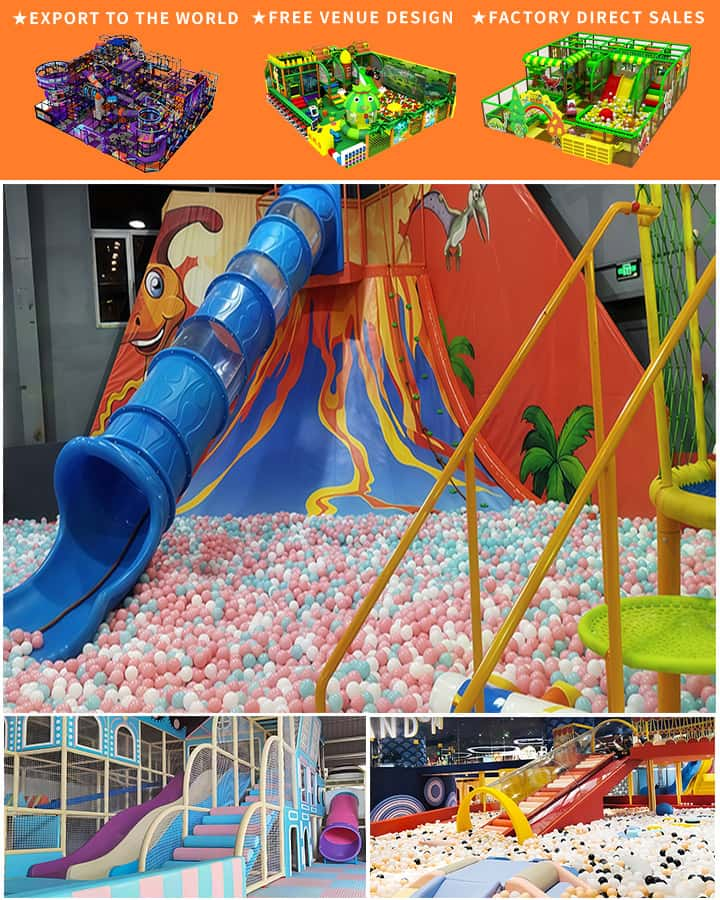Playgrounds are a vital part of childhood, offering a space for physical activity, social interaction, and imaginative play. However, traditional playground equipment often fails to cater to children with disabilities, limiting their ability to join in the fun and potentially isolating them from their peers. To ensure inclusivity, it is essential to incorporate playground equipment designed specifically for handicapped children. This article explores some of the most critical pieces of inclusive playground equipment that can make a significant difference in the lives of these children.
Wheelchair Swings
One of the most fundamental pieces of playground equipment adapted for handicapped children is the wheelchair swing. Unlike traditional swings, which require the user to walk and climb, wheelchair swings have a ramp or platform, allowing children in wheelchairs to access the swing safely and independently. These swings are typically equipped with secure harnesses to prevent falls and ensure that the child remains stable while enjoying the experience. By making this simple yet profound adaptation, playgrounds can provide an enjoyable and safe environment for children who use wheelchairs.
Transfer Stations

Transfer stations are another crucial component of inclusive playgrounds. These devices allow children who are unable to walk to transfer from their wheelchairs to regular playground equipment like slides, monkey bars, and seesaws. A transfer station consists of a platform with a set of stairs or a ramp leading up to it, and a bench or seat on top. The child in the wheelchair can roll onto the platform, and then transfer onto the piece of equipment they wish to use. Once finished, they can reverse the process to return to their wheelchair. This independence fosters a sense of inclusion and self-reliance in children with disabilities.
Adaptive Climbing Walls
Climbing walls are a popular feature in many playgrounds, promoting physical fitness and coordination. However, traditional climbing walls can be challenging or even impossible for children with mobility issues. Adaptive climbing walls are designed to be accessible by everyone, featuring varying grip sizes, textured surfaces for better traction, and lower heights to accommodate different abilities. Some climbing walls also include additional support elements such as railings or platforms at different levels, enabling children with disabilities to experience the thrill of climbing alongside their peers.
Inclusive Merry-Go-Rounds
Merry-go-rounds are a classic playground staple that offers joy and excitement to children of all ages. To make this equipment inclusive, modern merry-go-rounds are designed with features that cater to children in wheelchairs or those with limited mobility. These may include wider entrances, non-slip surfaces, and low barriers or handrails. Some models even come with powered options, allowing children who might not be able to push themselves to enjoy the ride without assistance. Such adaptations ensure that all children can share in the communal fun of spinning around on a merry-go-round.
Sensory Play Equipment
Children with sensory processing disorders or autism can find traditional playground environments overwhelming due to noise, crowding, or tactile stimuli. Sensory play equipment addresses these needs by providing a controlled and stimulating environment that encourages exploration and relaxation. Examples of sensory play equipment include textured climbing structures, interactive panels that produce sounds when touched, and sand and water tables. These elements help children engage with their environment in a way that suits their sensory preferences, promoting both mental and physical well-being.
Conclusion
Inclusive playgrounds are more than just a luxury; they are a necessity for ensuring that every child has equal opportunities for play, development, and socialization. By incorporating equipment specifically designed for handicapped children, we can create environments where all children feel welcome and included. From wheelchair swings to adaptive climbing walls and sensory play areas, each piece of inclusive equipment plays a crucial role in breaking down barriers and building a more inclusive society. As communities continue to invest in accessible playgrounds, we move closer to a world where every child can experience the joy and benefits of play without limitations




